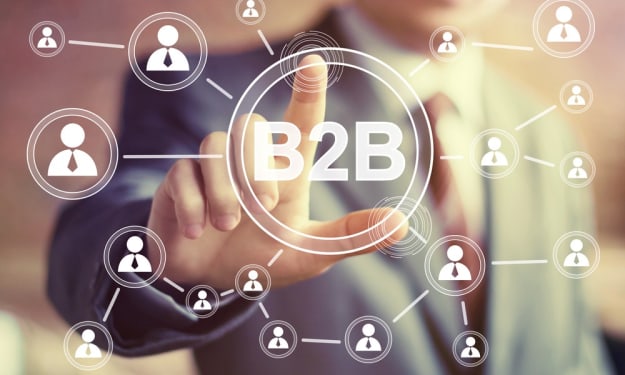5 Key Difference between B2B and C2B payments
B2B and C2B

According to Alan Safahi, a leading San-Francisco-based startup founder and entrepreneur, business-to-business (B2B) and business-to-consumer (C2B) payments follow a similar transaction process in terms of compliance and security.
B2B payments refer to transactions between merchants or vendors. It follows a unique business model in which one company sells its products and service to another company directly, meaning the business operation takes place between these two parties.
On the other hand, C2B payments refer to transactions between a company or business and a consumer. It means the company sells its products or service to the consumer directly. In today’s article, we will discuss five key differences between B2B and C2B payments. Read on!
1. Payment Methods
According to Alan Safahi Orinda, instant payment in B2B purchases is not always possible because it usually involves bigger purchases. Although businesses don’t use asynchronous payment methods, paper checks, direct debits, and bank transfers are common approaches used to make transactions.
Besides, B2B payments typically do not involve authorization in real-time, leading to risks of bounced checks or unauthorized payments. Safahi says that businesses should keep an eye on cash flow because it often compromises due to delays.
On the other hand, C2B payments in today’s business world usually involve electronic methods, allowing businesses to receive instant payments. For instance, when a consumer uses a credit or debit card to pay digitally, it is authorized in real-time.
2. Payment Size
Each transaction’s price determines the payment size of B2B and C2B payments. For instance, a law firm that offers legal services in medical negligence cases usually receives higher payments from their clients, and this is an example of B2B payments.
Likewise, a local café that serves coffee to consumers receives a lower amount of money per cup of coffee than a law firm. According to Alan Safahi, most B2B transactions involve higher or more money than C2B transactions.
3. Payment Terms
A business-to-business transaction follows a more sophisticated approach and has a minimum of 30 days payment terms. Because the B2B system is ingrained, most buyers do not pay in advance for purchasing products or services.
Alan Safahi says that most B2B e-commerce companies find it difficult to implement their plan using a prepayment strategy. In contrast, B2B transactions are always upfront, meaning consumers pay money to receive their products or services. There is no such thing as 3-day payment terms.
4. Order Quantity and Frequency
B2B and C2B purchasing models are different when it comes to the number of items ordered and the frequency of making orders. For example, the quantity of products ordered is larger in B2B transactions compared to C2B purchases.
The primary reason behind this is that a B2B purchase usually involves a large quantity of goods, products, or services, and these are used by the entire company. Likewise, companies place orders and purchase more items than households.
According to Alan Safahi’s research, the average company size is larger than the average household size, meaning B2B purchases have larger order quantities and frequencies. Conversely, C2B purchases usually have lower order quantities and frequencies.
5. Simple vs. Complex Purchasing Decisions
Another difference between B2B and C2B payments is simple and complex decision-making about purchases, respectively. For instance, in C2B purchases, a consumer makes a simple decision to purchase a product or service for himself or his household. Therefore, the steps involved in the payment process are relatively quick and straightforward.
On the other hand, decision-making is quite a complex process and takes a lot of time in B2B purchases. Because B2B purchases involve different stakeholders, there are differences in opinions, making the decision-making process more complex.
For instance, the decision to buy a product or service requires careful planning and preparation. Different departments of a company make thorough discussions to approve or deny the proposal.
Final Words
B2B payments are payments or transactions made between two businesses and involve various processes that make them more complex. In contrast, C2B payment is a one-time and relatively smaller payment for a product or service.
About the Creator
Alan Safahi Orinda CA
Alan Safahi is an Iranian-American entrepreneur and six-time startup founder with over 30 years’ experience in the information technology, telecommunications and financial services industries.






Comments
There are no comments for this story
Be the first to respond and start the conversation.